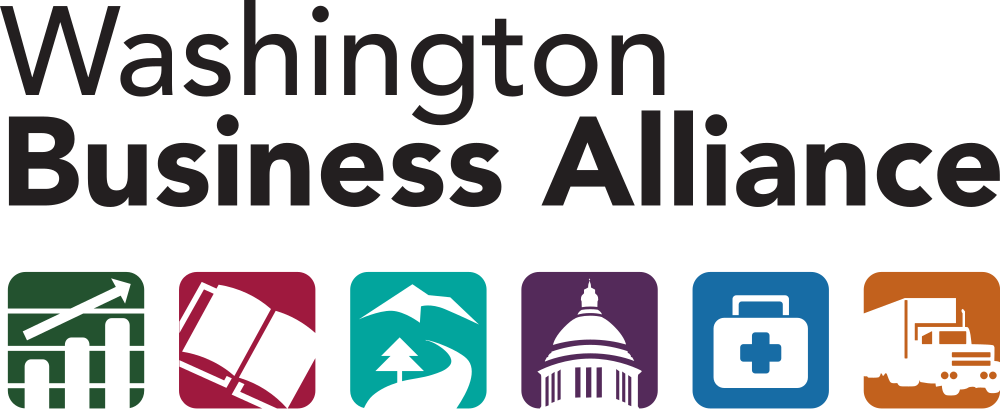by Caroline Halter on July 20, 2015
Check out how Washington’s biggest cities grew between 2000 and 2010.
Washington is among the fastest growing states in the nation. When we think of our state’s booming population, we tend to think of Seattle, which boasts the highest growth in terms of sheer numbers. However, smaller cities within and outside of the Puget Sound experienced the fastest growth rates between 2000 and 2010, the most recent years for which we have available data. What’s more, population density increased too.
The data visualizations below represent two different, but related trends: growth in population and growth in density in Washington’s 50 largest cities. In this case, density is defined as the number of people per square land mile. These findings are according to data from Washington’s Office of Financial Management, ranging from 2000 to 2010. In each visualization, the size of the bubble represents the city’s population in the year 2010, and the color of the bubble corresponds to a percentage change in either population growth or density.
The growth rates of Washington’s top 50 cities varied drastically between 2000 to 2010, from 0.5% in Edmonds to over 300% in Pasco. The same goes for density. Once again, Edmonds experienced an incremental increase in density of 0.5% and, at the other end of the spectrum, Issaquah doubled it’s people per square mile. However, despite these large ranges, it is notable that out of all 50 cities, there was not a single decrease in density between 2000 and 2010.
Some of the largest increases in density were in the state’s smaller cities. The top two, Issaquah and Pasco, had population booms that outstripped their growth in land area. This concentrated growth is a sign of urban planning that prioritizes mixed land use and building up, not out. This type of planning is particularly important for cities without natural geographic constraints that demand density, such as Seattle. NOTE: Some of the land increases were due to annexation of unincorporated land, rather than urban sprawl. Density, just like population growth, is a topic often associated with Seattle alone, but Washington is one of few states with a statewide smart growth law, which seems to be paying off. Although, we won’t know for sure until new data is released.
Washington’s framework for smart growth comes in the from of the Growth Management Act, passed in 1990. The GMA was enacted in response to rapid population growth and concerns with suburban sprawl, environmental protection and quality of life. The GMA has been amended several times, and is codified in many chapters but primarily in Chapter 36.70A RCW.
Twenty-nine counties are either required to fully plan under the GMA or have chosen to do so. These counties make up about 95 percent of the state’s population. counties planning under the GMA are required to adopt county-wide planning policies to guide plan adoption within the county and to establish urban growth areas (UGAs).
New data for population growth and density at the city level has yet to be released. When it is, we look forward to seeing if these trends continued over the past five years. Density is a topic of interest for policy-makers and citizens alike, especially those residing in the Puget Sound region. As the region grows, ongoing debates about how to promote prosperity through managed growth and the value of urban density are heating up.
